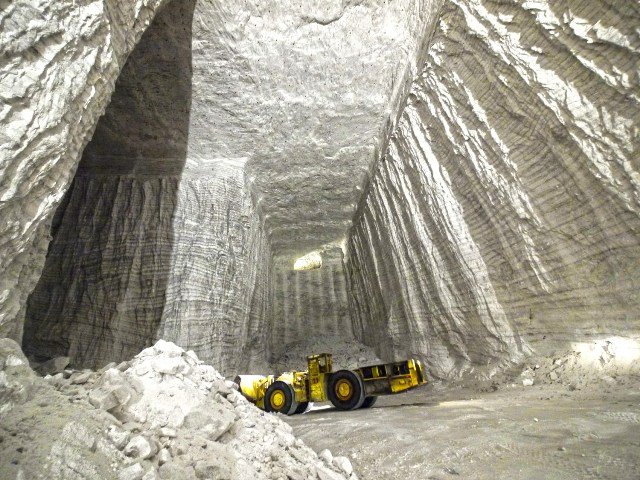Top 10 Salt Mines in the World
Salt is ubiquitous in today’s culinary world, but there was a time when it was a scarce and valuable commodity. In the era preceding the Industrial Revolution, salt mining was a perilous and labor-intensive task, often relegated to slaves and prisoners. The hazardous conditions, including the risk of rapid dehydration from continuous exposure to salt and inhaling salt dust, meant that many miners had a reduced life expectancy. As a result, salt was not only a luxury but also an indicator of affluence and social status.
In modern times, advancements in mining technology have transformed salt from a luxurious item to an essential and readily available ingredient found in kitchens around the globe. The evolution in mining techniques has made salt extraction safer, more efficient, and far less labour-intensive, leading to an abundance of salt that is easily accessible and economical.
Let’s explore the world’s ten most significant salt mines, where this essential mineral is extracted on a grand scale.
10. Cathedral of Salt, Colombia
Located in the Zipaquira salt mines that have been exploited since the 5th century BCE, the Cathedral of Salt is Colombia’s largest salt mine. Initially carved out in 1950 and inaugurated in 1954, it was rebuilt 200 feet below the original in 1995 following structural concerns. It can hold 10,000 people and regularly attracts over 3,000 visitors.
9. Asse Salt Mine, Germany
This controversial mine stored 125,000 barrels of radioactive waste from 1967 to 1978. The mountain’s instability and the potential for contaminated brine to leak into the water supply due to cracks and flooding have posed significant concerns. Despite the risks, tours are still conducted.
8. Maras Salt Mine, Peru
Carved into cliffs and accessed via the treacherous Urubamba valley, Maras salt terraces date back to Incan times. Harvesting this rich pink salt involves navigating challenging terrains, an endeavor undertaken by brave locals.
7. Danakil Salt Pan, Ethiopia
Nicknamed “The Gateway to Hell” for its extreme heat, the Danakil Salt Pan is renowned globally. Despite temperatures soaring above 50°C, the Afar people still extract blocks of salt, once used as money, now providing essential minerals for livestock.
6. Palibelo Village, Indonesia
Home to the Bima Salt Pans, Palibelo Village contributes to one of Indonesia's primary commodities. Though a significant asset, salt production here remains a small-scale, manual operation, connecting tradition with modern economics.
5. Wieliczka Salt Mine, Poland
This National Landmark and World Heritage Site transformed from an industrial hub into a tourist haven. Operational from the 13th century until 1996, it boasts architectural wonders like the Chapel of the Holy Cross and a Crystal Grotto.
4. Atacama Salt Flat, Chile
This salt flat is the world's largest active lithium source, producing 36% of the global lithium carbonate supply as of 2017. Enclosed by mountains and volcanoes, it’s a marvel of natural resource abundance.
3. Prahova Salt Mine, Romania
Europe's largest salt mine has morphed into a health and wellness destination, attracting visitors with respiratory issues to its therapeutic underground galleries adorned with salt carvings and motifs.
2. Khewra Salt Mines, Pakistan
Boasting a legacy tied to Alexander the Great’s army, Khewra is the world’s second-largest salt mine. Producing 325,000 tons annually, its expansive tunnels and abundant reserves are a testament to natural wealth and human ingenuity.
Click here to find out more about the application of salt on roads
1. Sifto Salt Mines, Ontario
Plunging 1800 feet under Lake Huron, the world’s largest salt mine is a subterranean city with a workforce of 400. It produces rock salt for deicing purposes and industrial applications, making it a silent guardian of winter road safety.
Biggest sALT MINES IN THE WORLD
From the artistic allure of Colombia's Cathedral of Salt to the industrial vigor of Ontario’s Sifto Salt Mines, these top 10 salt mines highlight the integration of natural wealth, human ingenuity, and diverse applications of salt in modern civilization. Each mine, with its unique history, geographical location, and contemporary use, underscores the intricate dance between nature's bounty and human innovation. Whether as a commodity, a tourist attraction, or a silent protector against winter’s icy grip, salt mines continue to carve their niche in the global landscape.







